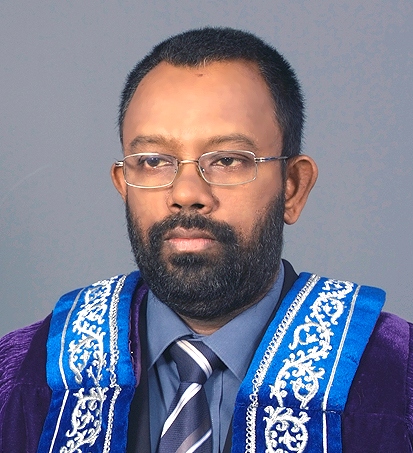A paradigm shift in computing with the Buddhist Theory of Mind (BTM)
 |
The most cited natural computing model is the human mind, which is capable of providing better solutions to the same problem using previously gained knowledge and skills. i.e., repeated processing improves speed and quality of the solution. |
 Prof. A. Karunananda |
|
According to the BTM, this is because memory is formed as a continuous process. In contrast, in the Von Neumann Architecture (VNA) on which general purpose computers are based on, memory is separate from processing. Chinthanie belives that this hinders the ability to fully utilize the recent advancements in processors and software. |
Prof. N.G.J. Dias |
|
|
Following the BTM, Chinthanie introduced a new computing model imitating the evolving memory of the human mind. Her six-state continuous processing model (SSPM) has three distinguishing characteristics: the internal and external processes, continuous processing and conditionally evolving memory. The new model was incorporated into a Fraction Calculator, the QuickSort algorithm, a quadratic equation solver, and in a simulated process scheduling program. Results of computation time were statistically analyzed. The model has been also been theoretically simulated in a Non-deterministic Turing machine (NTM). SSPM is most relevant in enhancing the speed and quality of processing in systems which require continuous developments or monitoring: for example, control systems in aviation. An Initiative by MoraMinds |
||

